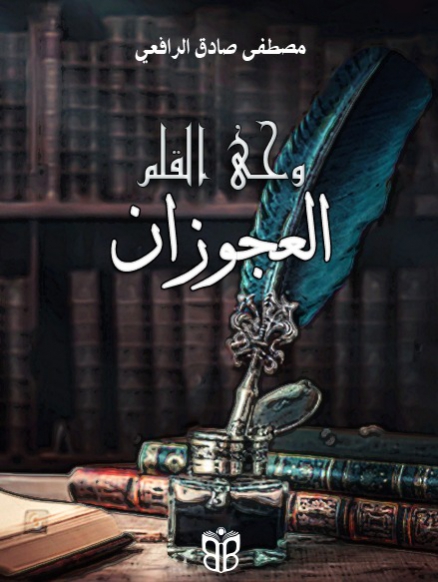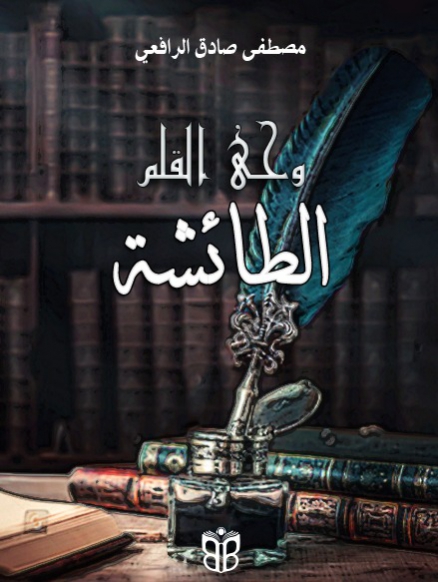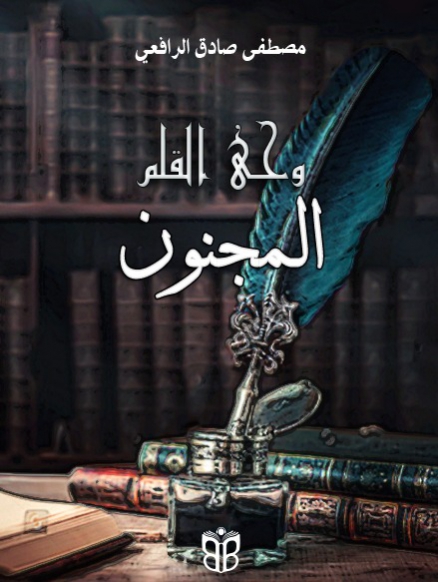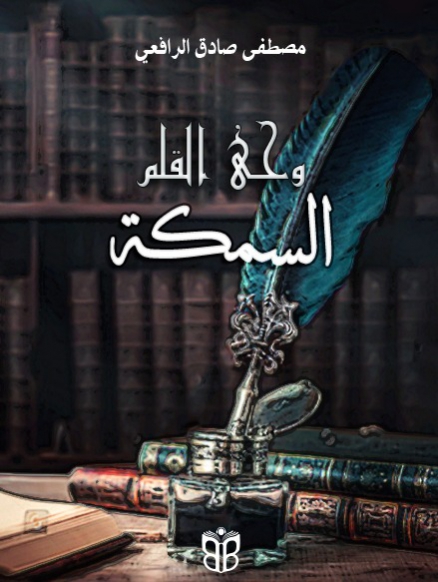
نثريات ادب
يُعتبر التصنيف الأدبي أداة أساسية في فهم الأدب وتنظيمه، إذ يُعنى بتقسيم الأعمال الأدبية إلى فئات أو أنواع محددة بناءً على سماتها الأسلوبية، ومضامينها الموضوعية، وبنيتها السردية. يهدف هذا التصنيف إلى تسهيل دراسة الأدب وتحليله ومقارنة النصوص ببعضها، كما يساعد القراء والنقاد على تحديد طبيعة العمل الأدبي منذ الوهلة الأولى. يتنوع التصنيف الأدبي ما بين الأنواع الكبرى مثل الشعر، النثر، والمسرح، وصولًا إلى الأنواع الفرعية مثل الرواية التاريخية، القصة البوليسية، أو القصيدة الغنائية، حيث يُراعى في كل نوع الخصائص الفنية التي تميّزه. ويعتمد هذا التصنيف على مجموعة من المعايير، منها البناء الفني، اللغة المستخدمة، الغرض الأدبي، والوظيفة الجمالية أو الفكرية للنص. ومع تطور الزمن، لم يعد التصنيف الأدبي حكرًا على الأشكال الكلاسيكية، بل اتسع ليشمل أشكالًا حديثة مثل الرواية الرسائلية أو الأدب الرقمي، ما يدل على ديناميكية الأدب وتغير أطره بحسب التحولات الثقافية والاجتماعية. كما يشكل التصنيف الأدبي أداة تعليمية فعالة، فهو يتيح للطلاب والباحثين فهماً أعمق لطبيعة النصوص وسياقاتها، ويفتح الباب لمقاربات نقدية جديدة تتجاوز الحدود الجامدة بين الأنواع. ويُظهر التصنيف أيضًا أثر البيئة الثقافية على تكوين الأجناس الأدبية، حيث تختلف طبيعة التصنيف من ثقافة لأخرى بحسب المفاهيم الجمالية السائدة والتقاليد الأدبية الراسخة. إن فهم التصنيف الأدبي لا يتوقف عند معرفة أسماء الأنواع، بل يشمل إدراك التفاعل بينها والتداخل الذي قد يحدث حين يجمع النص الواحد بين عناصر سردية وشعرية أو درامية في آنٍ واحد، مما يعكس تعددية التعبير الأدبي وثراءه. وبذلك، يُعد التصنيف الأدبي إطارًا نظريًا وعمليًا لفهم التجربة الأدبية عبر العصور. --- Literary classification is a fundamental tool in understanding and organizing literature, as it involves dividing literary works into defined categories or genres based on stylistic features, thematic content, and narrative structure. This classification aims to facilitate the study, analysis, and comparison of literary texts, helping both readers and critics to grasp the nature of a work from the outset. Literary classification ranges from broad categories such as poetry, prose, and drama to more specific subgenres like historical novels, detective stories, or lyrical poems, each distinguished by its unique artistic characteristics. This system relies on various criteria, including formal structure, language, literary purpose, and the aesthetic or intellectual function of the text. Over time, literary classification has expanded beyond classical forms to include modern styles such as epistolary novels or digital literature, reflecting the dynamic and evolving nature of literary expression. It also serves as an effective educational framework, offering students and researchers deeper insights into the nature and context of texts, and encouraging critical approaches that transcend rigid genre boundaries. Moreover, classification reveals the influence of cultural environments on the development of literary genres, with each culture shaping its classifications according to its dominant aesthetic values and literary traditions. Understanding literary classification goes beyond simply recognizing genre names; it involves perceiving the interaction and overlap between forms, as many texts blend narrative, poetic, or dramatic elements simultaneously, showcasing the richness and diversity of literary expression. Thus, literary classification functions as both a theoretical and practical framework for interpreting literary experiences throughout history.



